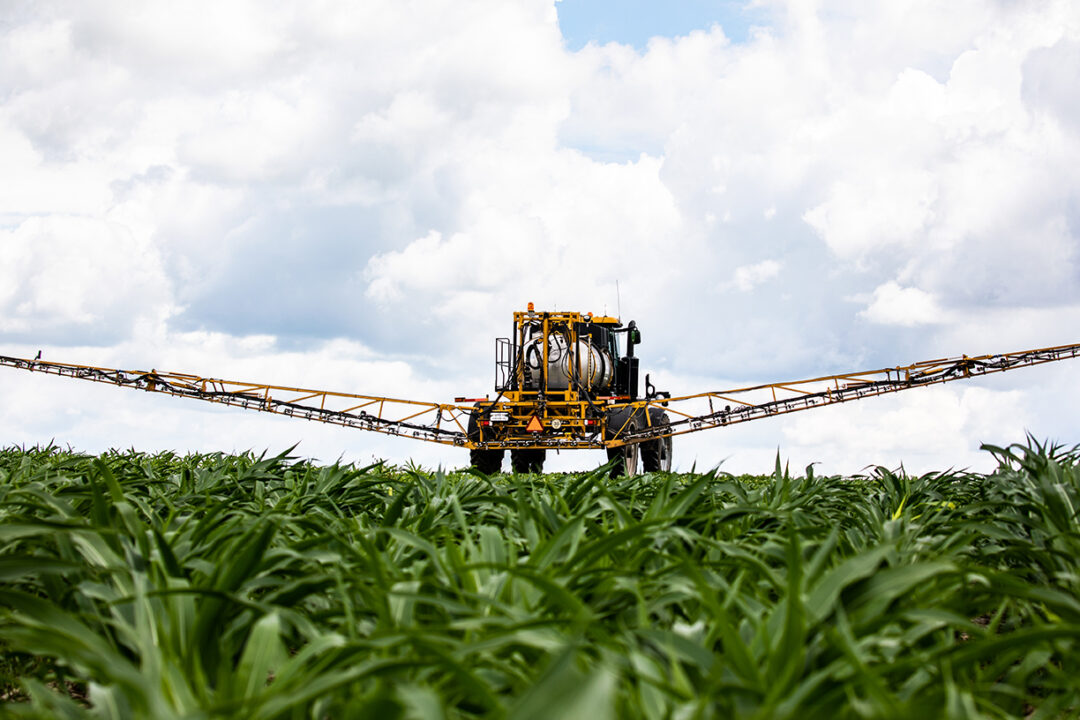First ’09 Rust In Beans Confirmed
The first documentation of U.S. soybeans infested with Asian soybean rust in 2009 has been reported. Where and what are the implications?
Dr. Clayton Hollier, Louisiana State University (LSU) Extension plant pathologist, has documented the first find of soybean rust on soybeans in Louisiana and the U.S. for 2009.
“Soybean rust has been found in a soybean sentinel plot maintained by agricultural consultant Blaine Viator in the upper portion of Iberia Parish near
Coteau, LA,” according to Hollier. Viator made the discovery on June 6.
“The variety is unknown at this point but the crop is in the R4 growth stage,” says Hollier. “Incidence and severity are low currently. Confirmation was done in the field by Patricia Bollich using the Envirologics Quick-stix test.”
Don Hershman, University of Kentucky Extension plant pathologist, talked to Viator about the finding. “He said that the find was in a sentinel plot at the R4 stage,” says Hershman. “That is a fairly early stage for a first find of soybean rust and it is cause for some concern — but NOT alarm. Usually, the first find has been made in beans that are at a later stage of development.
“Blaine told me this is the first time that soybean rust has been found in soybean BEFORE his growers had a chance to make fungicide applications,” adds Hershman. “His point was not that they have ‘missed the boat,’ but rather to indicate the earliness of this find relative to what they are used to
seeing in southern Lousiana. To back up his statement, he told me about a rather large kudzu patch near an local apartment complex that LSU scientists regularly monitor, and that historically developed massive soybean rust infections later in the summer. He said that patch is now heavily infected and is showing profuse sporulation.”
Weather conditions in much of Louisiana have been favorable for rust for quite some time and “have been favorable for development and spread,” says
Hollier, who recommends that retailers and their grower-customers in southern and central Louisiana and in southern Mississippi should scout their fields.
Because of spring conditions, “this earlier-than-usual find does not come as a great surprise,” says Hershman.
A great many U.S. soybean acres have been planted later than normal this year, Hershman notes, but no one should hit the panic button yet. “This could increase the crop risk for soybean rust, but not necessarily so,” he cautions. “We could have a late-season dry period that shuts the disease down; or not. Time will tell, and I cannot rule anything in or out at this time."
Rust was confirmed on June 8 on a sample collected in late May from a soybean sentinel plot in Washington County, AL. Like the finding in Louisiana, it is the first this year on soybeans in Alabama. The earliest the disease has been found in soybeans in the state, the low level incidence was found on beans at the R2-R3 growth stage. The plot is located in near the town of Fruitdale.
Ag retailers servicing soybean growers should regularly check the soybean rust forecast on the ipmPIPE (Integrated Pest Management Platform for
Extension and Education). Visit sbr.ipmpipe.org/cgi-bin/sbr/public.cgi and click on the green rectangular button at right.
(Sources: Clayton Hollier, Louisiana State University and Don Hershman, University of Kentucky)






